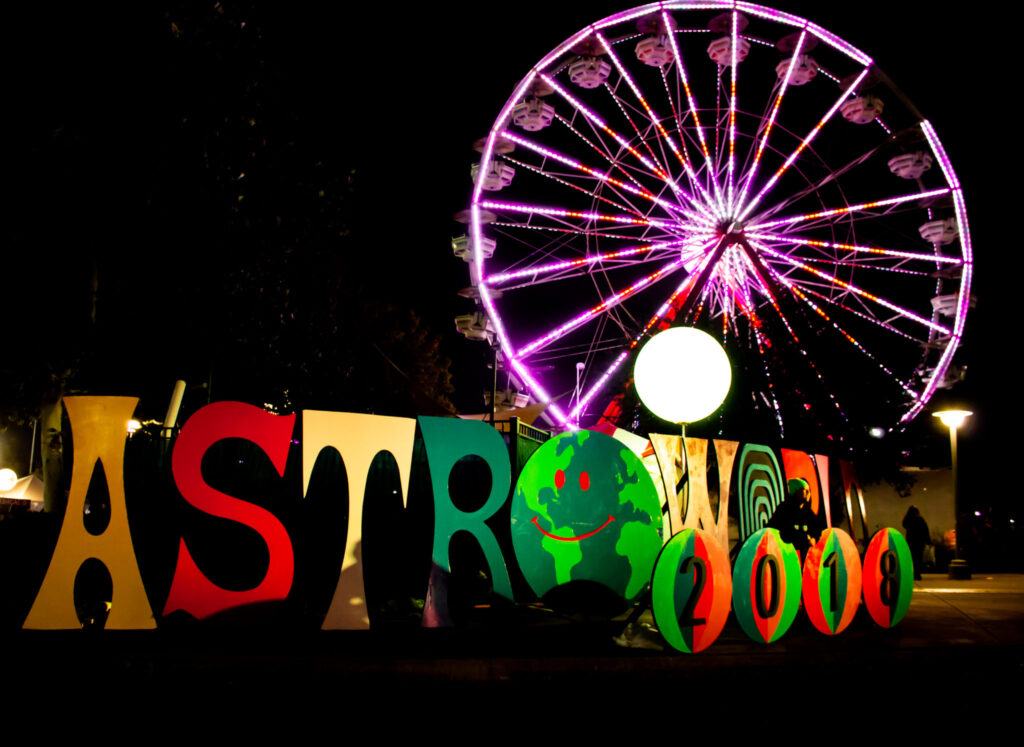Giving Thanks to Redbone: Looking Back at the Native American Rock Band
Written by German Romaldo on November 22, 2018
Since it’s Thanksgiving, I thought it would be fitting to look back and give thanks to a band that seems to have fallen out of the mainstream conversation of 70s rock, Redbone. The Native American rock band would go on to become one of the hidden gems of the musical renaissance of the late-60s and early-70s. To truly appreciate Redbone, you have to look at their history, discography, and relative cultural importance during a tumultuous time for many Americans. Redbone’s story begins in the late-1950s when brothers Patrick and Candido “Lolly” Vasquez-Vegas moved to Los Angeles to grow their musical careers. Going by the duo name of Pat and Lolly Vegas, the brothers were talented studio writers/musicians for contemporaries such as Little Richard, Sonny & Cher, and Elvis while playing the Los Angeles club circuit as a side gig.
They were fresh. They were swampy and filled with Cajun spirit. They embodied the diversity and wild spirit of the United States with their music and messages.
During their ten years in the club and recording scene, the Yaqui-Shoshone-Mexican American brothers gained recognition with their cajun style while also capitalizing on the surf rock scene as the Vegas Brothers. They were soon playing, under multiple band names, on the Las Vegas strip. In 1969 and with inspiration from the half-Cherokee Jimi Hendrix, Pat and Lolly decided to form a rock band entirely made up of Native Americans, and thus, Redbone was created when Peter DePoe and Robert Anthony Avila (better known as Tony Bellamy) joined their ranks.
History was being written. By 1974, the band had released four studio albums, and as they toured the world in traditional Native American garments, they found chart success and popularity. They were fresh. They were swampy and filled with Cajun spirit. They embodied the diversity and wild spirit of the United States with their music and messages. Swamp rock stompers such as “Witch Queen of New Orleans” and “Prehistoric Rhythm” combined traditional native chants and beats with the groove and soul of the 1970s. Their best was yet to come, but it did not come without pushback. Redbone released “We Were All Wounded at Wounded Knee” in 1973. The song was inspired by the horrific massacre of the Lakota Sioux by the US military in 1890, and with the controversial subject, many radio stations banned or refused to play the song even though it charted highly in the international markets. Redbone would not let this impede their progress, and as I said, their best was yet to come.
Wokova was released in 1974, and alongside the album, the single “Come and Get Your Love” catapulted Redbone into the annals of music history and American culture. It earned them a No. 5 spot on the Billboard Hot 100 for 24 weeks straight. The NY Smithsonian accredited them as the first Native American Rock group with a No. 1 single in the United States and internationally. Redbone’s innovative mixture of combining the old and new brought them to rock and roll fame, and they deserved all of it since the beginning.
Native American culture rarely makes it to the mainstream, and when it does, it’s usually for the wrong reasons such as appropriation or historical inaccuracies. As a long-time admirer of Native American history and culture, I always aim for respect and accuracy. I scour the internet for new music, and it naturally happened that many of my current favorite artists were of Native American heritage. I was shocked that many are not in the mainstream discussion of music. It is only until recently with soundtracks from Guardians of the Galaxy and F is for Family that Redbone has entered the mainstream once again.
On this Thanksgiving, I wanted to celebrate Native Americans and their culture. Native American musicians and artists like Link Wray, Jimi Hendrix, Howlin’ Wolf are only a few of the shining stars of the Native American community. Many are lost, forgotten, or unseen, but it’s bands like Redbone that inspire a generation of musicians to push past the boundaries into new frontiers. You only need to look at acts such as A Tribe Called Red, a Native American electronic group, and Northern Cree, a pow wow drum circle team, to see a generation raised on Redbone and other Native American role models. This is why I give thanks to Redbone.


